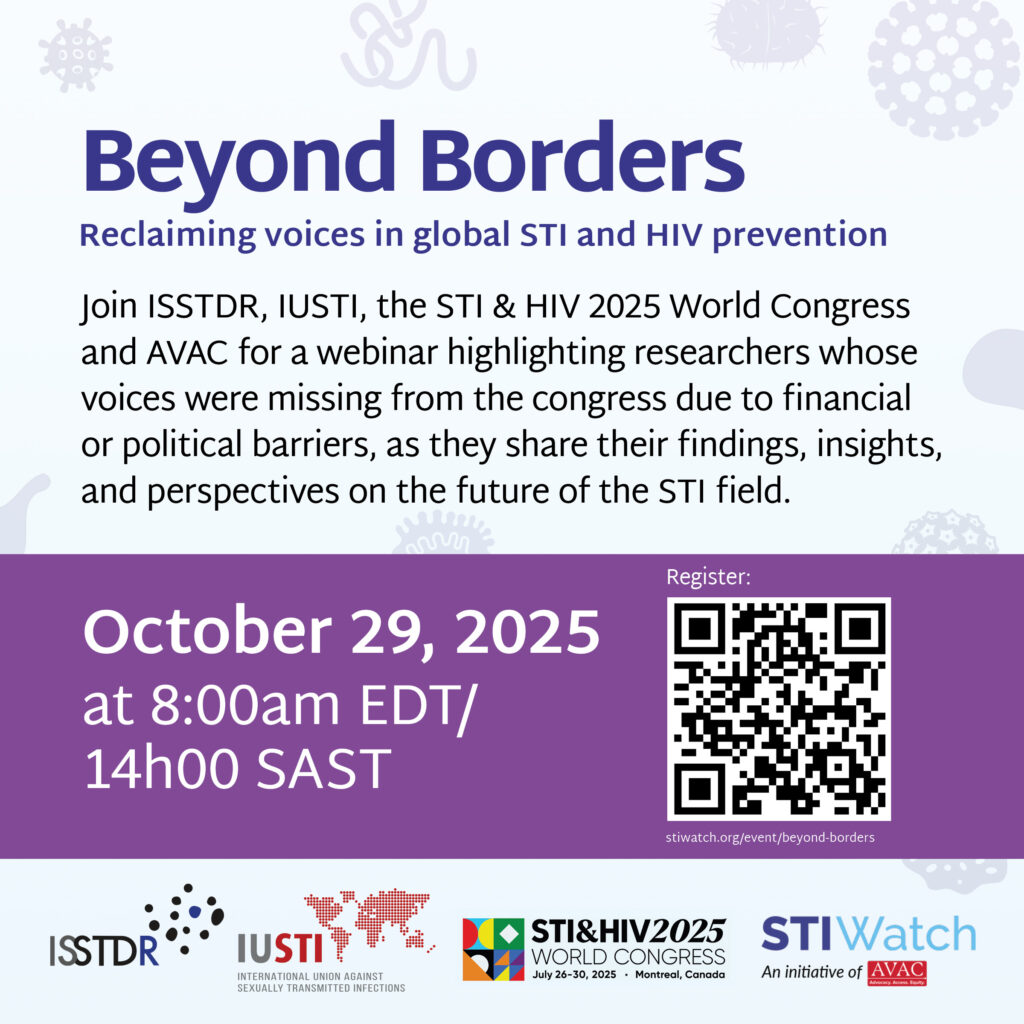Moving the Global STI Response Forward: Insights from Advocacy Partners
Despite being one of the world’s most urgent and growing health crises, sexually transmitted infections (STIs) remain underfunded, underdiagnosed, and underprioritized around the world. In response, with support from the Gates Foundation, AVAC launched an STI advocacy initiative in 2023, partnering with seven civil society organizations across East and Southern Africa to build a stronger, more coordinated effort. From national policy landscaping to multi-stakeholder dialogues and technical briefs, this first wave of work laid a powerful foundation for reframing STIs as issues of equity, integration, and community power.
Why STI advocacy and why now?
The global burden of STIs is staggering with more than one million treatable STIs being acquired daily, and new threats like antibiotic-resistant gonorrhea and rising syphiliscases (including congenital syphilis) demanding urgent action. Yet funding, research, and political attention lag far behind the need.
Civil society voices are critical to closing this gap. AVAC’s STI advocacy partner initiative was designed to support organizations already rooted in HIV and sexual and reproductive health (SRHR) work to sharpen their STI policy agendas, develop actionable priorities, and advance country-level and global conversations, especially around new tools like point-of-care diagnostics and vaccine research.
Meet the partners
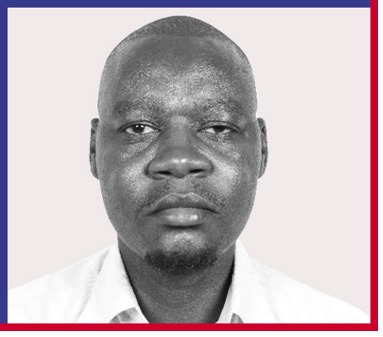
Nyanza Reproductive Health Society (Kenya)
They identified low STI testing rates due to stigma, lack of awareness, and test shortages, emphasizing the urgent need for local data to inform advocacy and policy change.
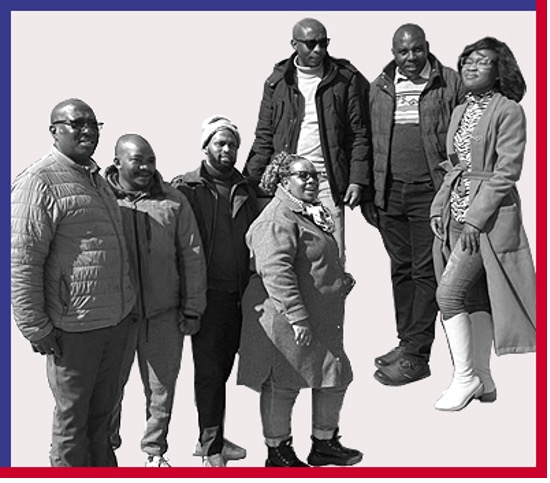
Lesotho Network of AIDS Service Organizations (Lesotho)
They found major gaps in STI information and condom access in Mapholeneng, where rapid population growth has strained services. Partners emphasized the need for open dialogue and community engagement.
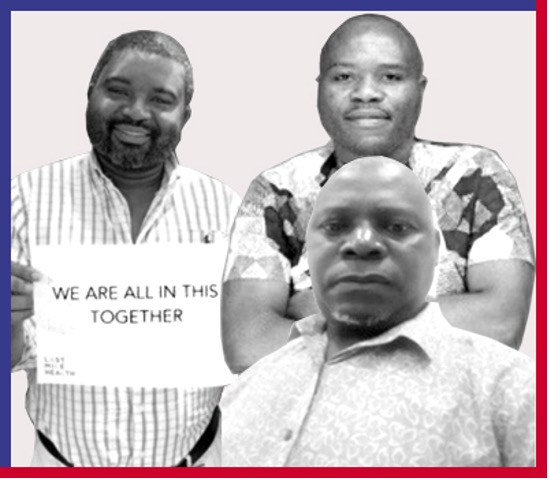
Journalists Association Against AIDS (Malawi)
Highlighted the lack of up-to-date STI data and outdated policies. To lay groundwork, they mobilized civil society, media, and policymakers to align around a coordinated national STI advocacy agenda.
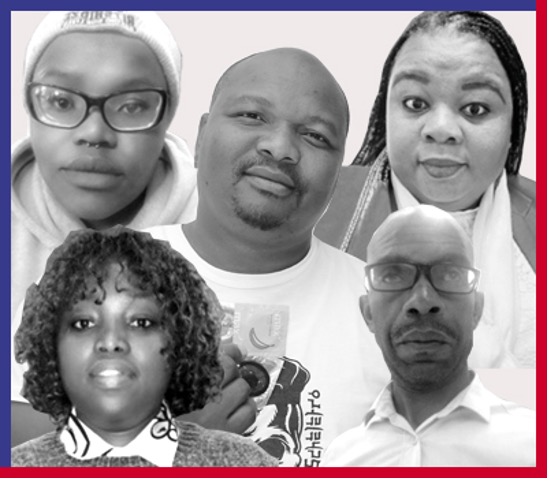
HIV Survivors and Partners Network (South Africa)
They documented test kit shortages and gaps in HPV vaccination, advocating for civil society leadership in advancing STI literacy, diagnostics, and vaccine access.
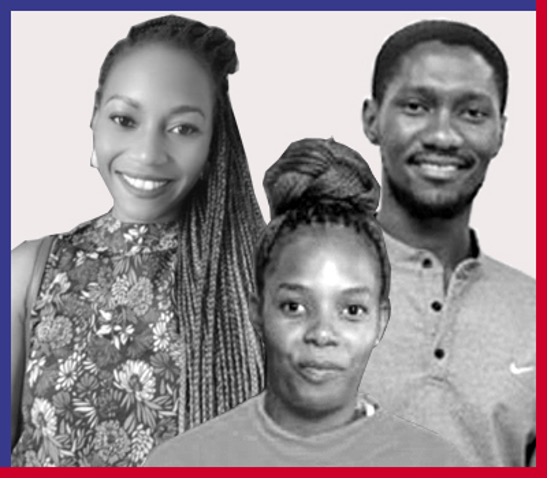
ACTS-101 (Uganda)
They found that STI programming is overshadowed by HIV services, calling for targeted STI advocacy and investment in vaccines and diagnostics.
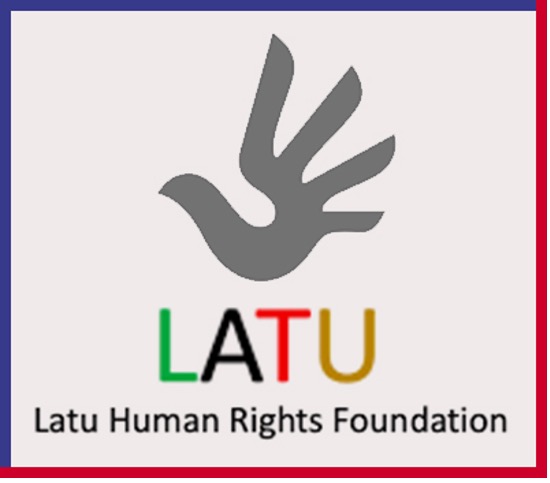
LATU Human Rights Foundation (Zambia)
They spotlighted the treatment gap for key populations and helped integrate STIs into new CAB-LA and Hep B guidelines.
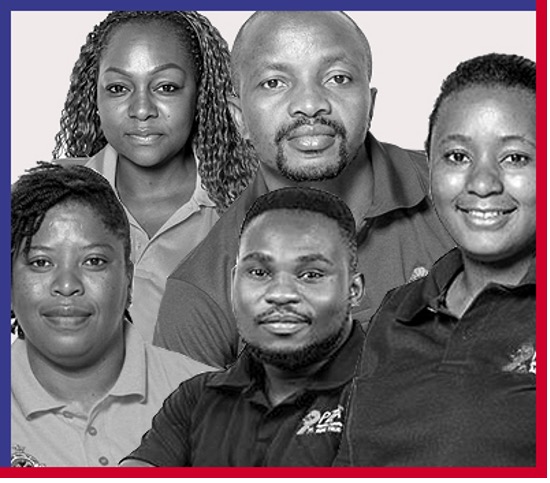
Pangaea Zimbabwe (Zimbabwe)
They exposed gaps in STI prevention and care across nine districts, driven by costs, stigma, and stockouts; urged the creation of an inclusive, well-funded movement for STI services and innovation.
Across all projects, partners identified critical needs: more accessible and accurate diagnostics, better integration of STI and HIV services, updated national guidelines, and increased political will to fund the STI response.
Learn more and hear these advocates share the results of their work and insights for moving ahead.
What’s next with STI advocacy
The momentum continues in 2025, with new landscaping efforts now underway in Kenya, South Africa, and Zimbabwe. These projects aim to map opportunities for building national advocacy networks in countries facing high STI burdens—ensuring that investments in STI research, diagnostics, and services are driven by community priorities and deployed where they are needed most.
Read a new blog post with three leading advocates: Cleopatra Mpaso of Pangaea Zimbabwe, Mandisa Mdingi of the Foundation for Professional Development (FPD) in South Africa, and Felix Mogaka of the Kenya Medical Research Institute (KEMRI) who are each conducting national STI landscaping assessments. They share insights on the state of STI advocacy, the role of civil society in shaping R&D priorities, and the importance of connecting global conversations to local needs.
Join us October 29
